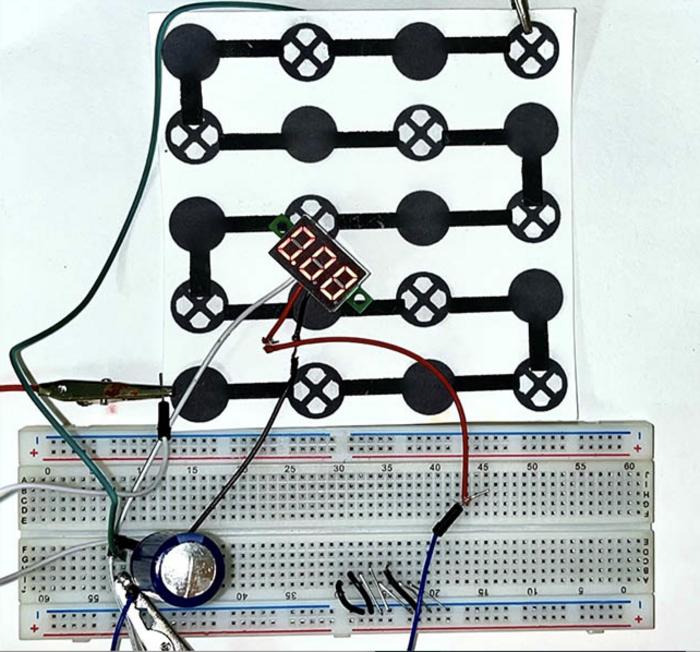Powering disposable wearables has been a long-standing difficulty because of the dependence on large, short-lived batteries. In response to this, researchers from SUNY Binghamton have created a new type of paper-based moist-electric generator that is designed for disposable wearable devices. This innovation tackles the problem of using sustainable power sources in short-term wearables, which usually struggle due to the presence of heavy and harmful batteries. The generator takes advantage of moisture in the environment to continuously generate power, removing the need for frequent recharges or replacements.
Unique Design Features
The device consists of a biodegradable paper base that is embedded with bacterial endospore biofilms. These biofilms form gradients of functional groups and nanoporous structures, significantly improving moisture capture and ion generation—crucial elements for ongoing electricity production. To enhance its efficiency, the generator incorporates a special hydrophobic-hydrophilic Janus paper layer that effectively gathers ambient moisture and directs it to the generator. This thoughtful design ensures steady power output, even when humidity levels are low.
Eco-Friendly and Scalable
The generator is lightweight, flexible, and designed with the environment in mind, allowing it to perform reliably under different conditions, such as bending and long-term wear. Its ability to be easily scaled up makes it ideal for mass production, providing a budget-friendly alternative for health monitoring and diagnostic tools. Furthermore, its disposable characteristic reduces environmental harm, which is crucial in addressing the rising issue of electronic waste.
This innovative technology has the potential to transform real-time health monitoring by making personalized medicine not only more accessible but also environmentally friendly, a vital aspect in today’s world.
Wiley Online Library via EurekAlert


Leave a Reply